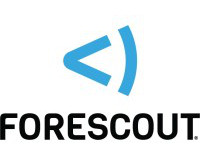Forescout Platform: NAC Product Review
eSecurity Planet
APRIL 7, 2023
In 2000, Forescout entered the security market as an NAC provider and then expanded capabilities to encompass more security and asset control features. Hybrid, or mixed local/cloud networks require virtual private network (VPN) infrastructure between environments. Who is Forescout?












Let's personalize your content